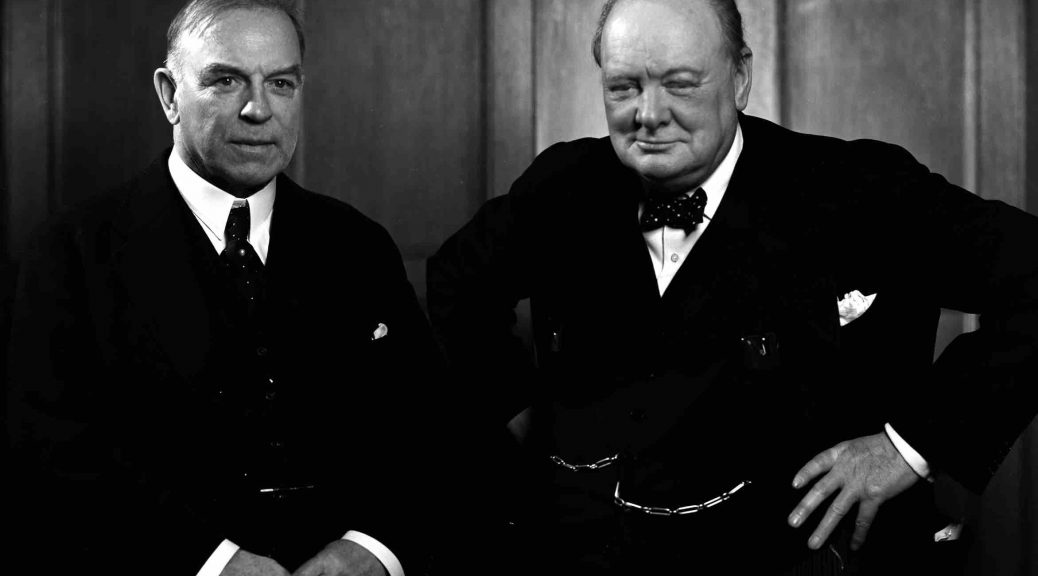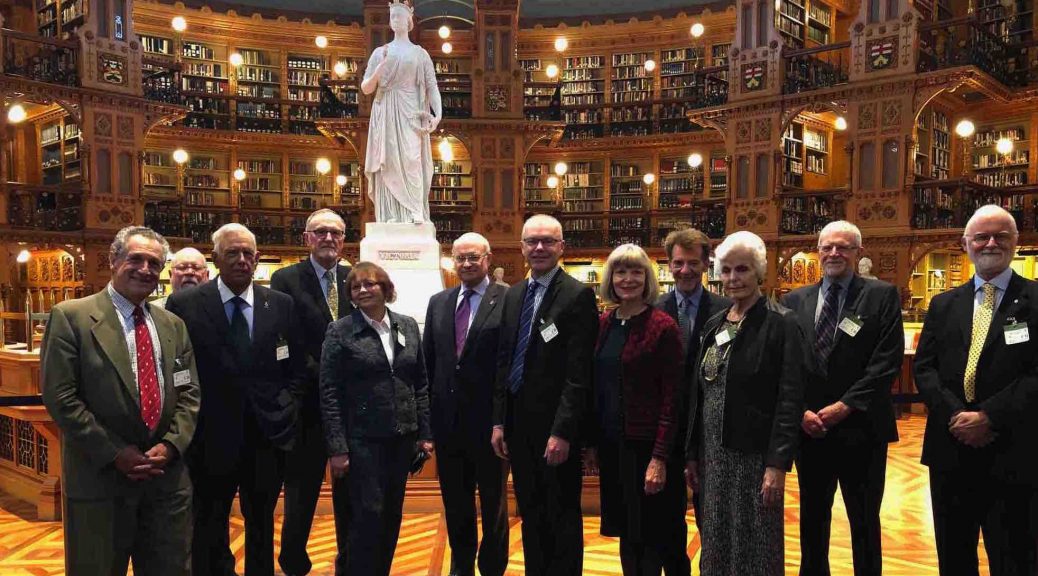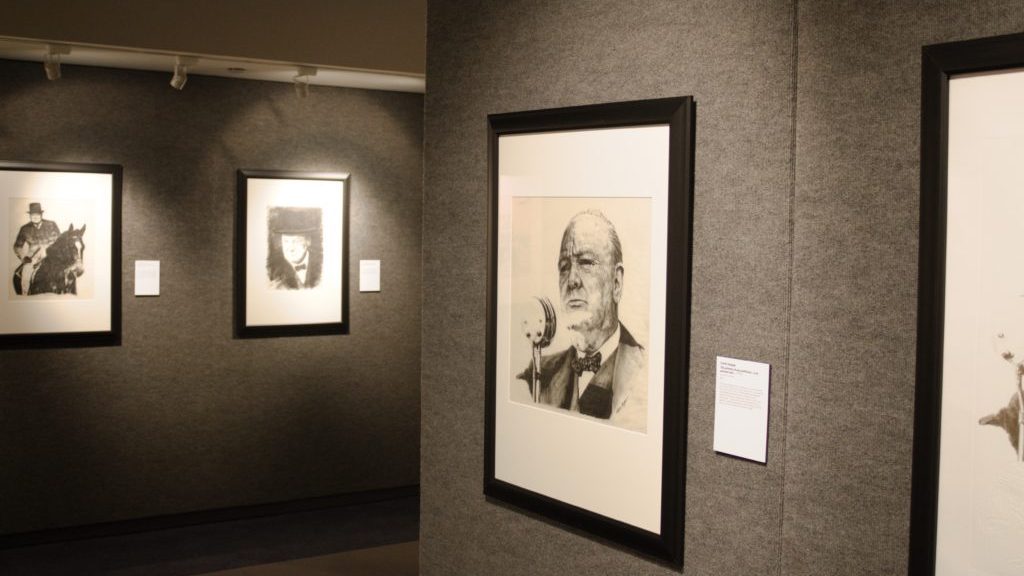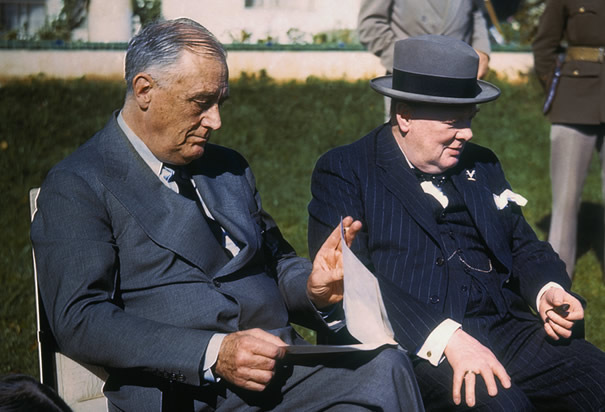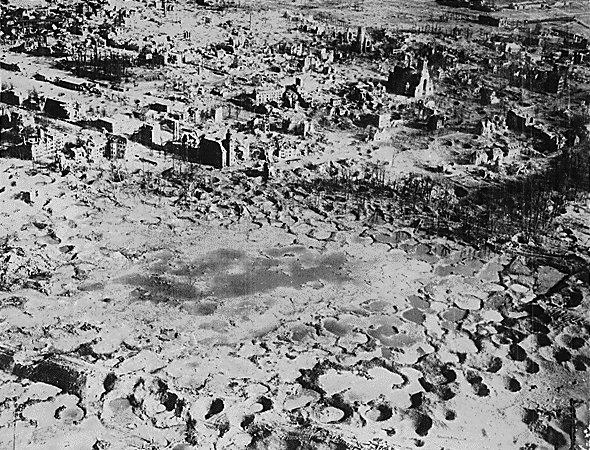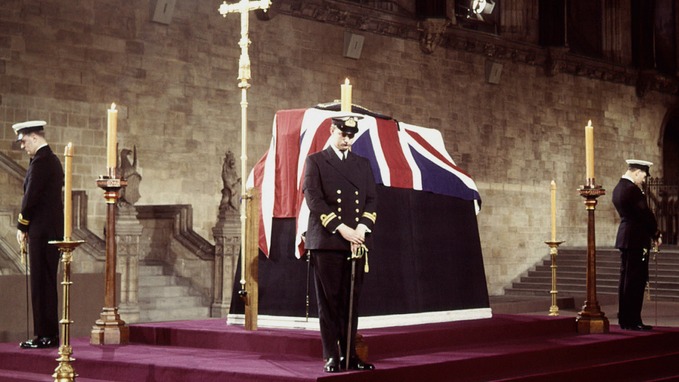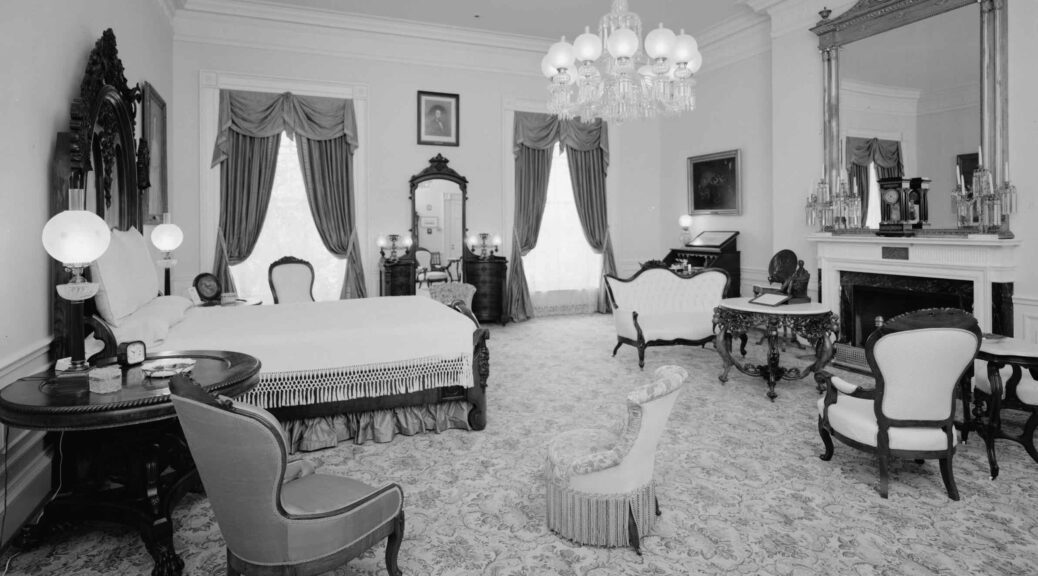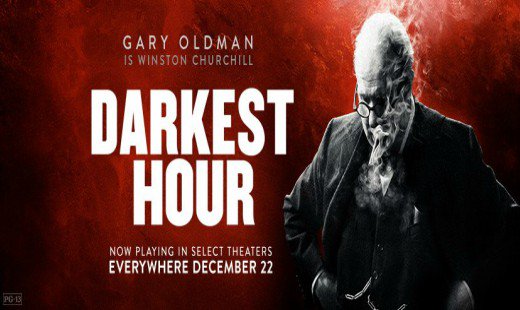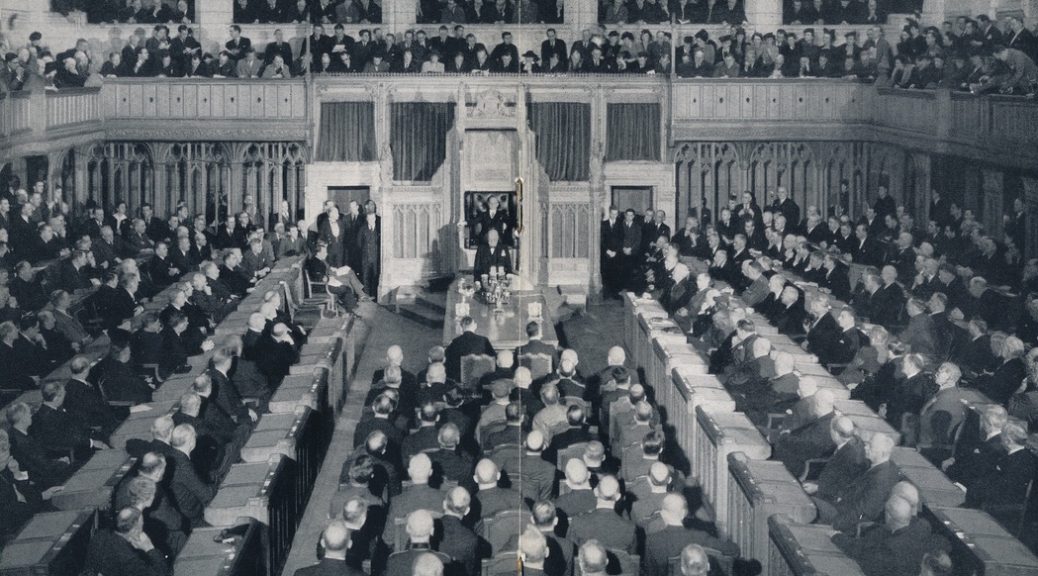
Churchill, Canada and the Perspective of History (Part 3)
Perspective of History: Address to the Churchill Society of Ottawa, Ontario, Canada, on Sir Winston’s 144th birthday, 30 November 2018 (Part 3). We were kindly hosted at Earnscliffe by the British High Commissioner, Susan le Jeune d’Allegeershecque.
Perspective, 144 Years OnConcluded from Part 2…. “The great movements that underlie history—the development of science, industry, culture, social and political structures—are powerful, almost determinant,” wrote Charles Krauthammer.
Yet every once in a while, a single person arises without whom everything would be different. In recent times, only Churchill carries that absolutely required criterion: indispensability… Take away Churchill in 1940 [and] Hitler would have achieved what no other tyrant, not even Napoleon, had ever achieved: mastery of Europe.…
